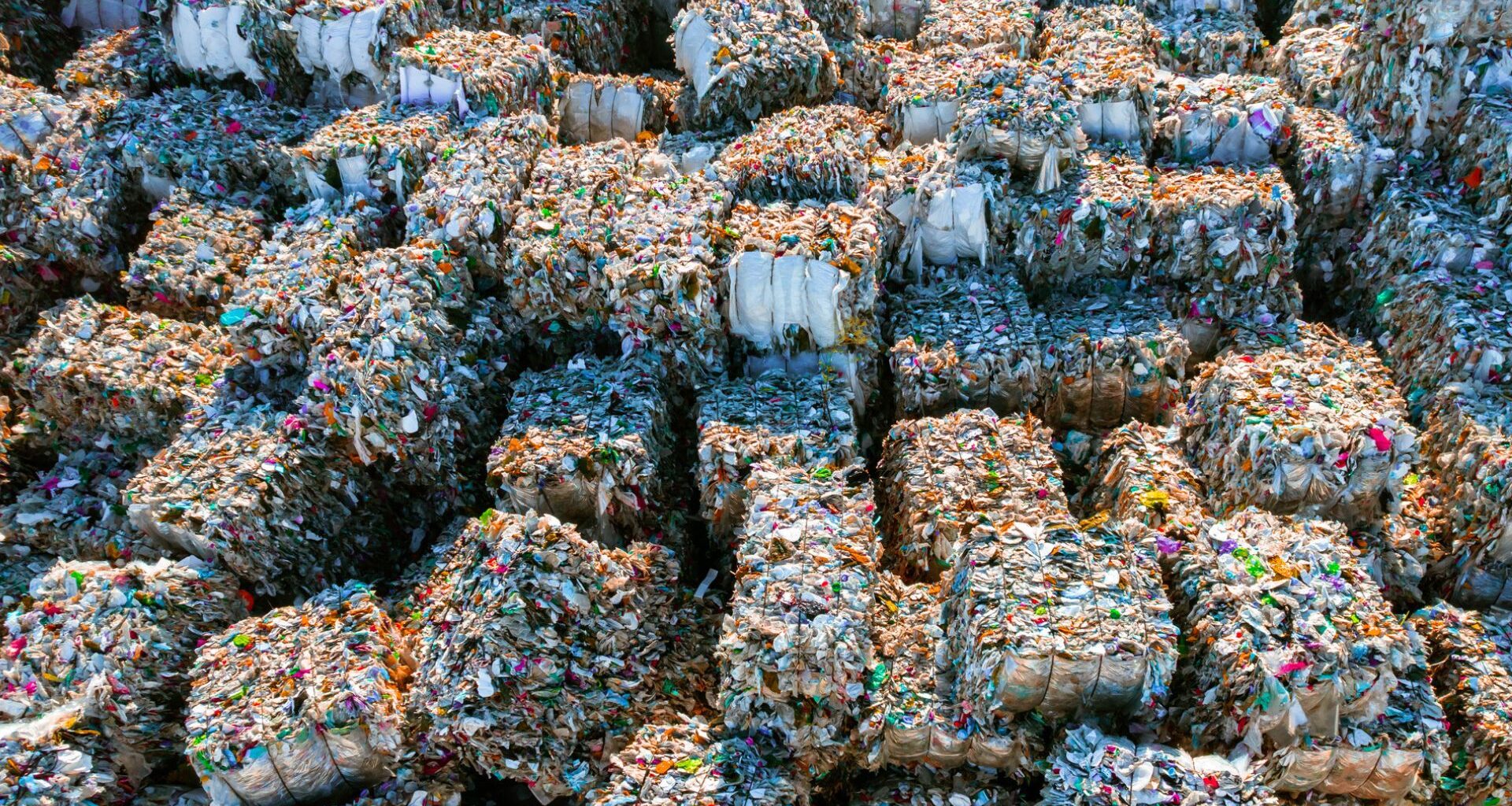Scientists in the United States and China say they have developed a one-step method to convert mixed plastic waste into petrol at room temperature and ambient pressure, achieving more than 95 percent efficiency.
The approach, which the team describes as requiring less energy, less equipment, and fewer steps than conventional plastic-to-fuel pathways, is designed to be scalable for industrial use.
The work involves researchers from the US Department of Energy–funded Pacific Northwest National Laboratory, Columbia University, the Technical University of Munich, and East China Normal University (ECNU), SCMP reports.
One-step conversion and outputs
At the end of the process, the products include the main components of petrol (gasoline), chemical raw materials, and hydrochloric acid. The scientists say that means the output could feed into water treatment, metal processing, pharmaceuticals, food production, and the petroleum industry.
As the authors put it, “The method supports a circular economy by converting diverse plastic waste into valuable products in a single step.” To carry out the conversion, the team combines plastic waste with light isoalkanes, hydrocarbon byproducts available from refinery processes.
According to the paper, the process yields “gasoline range” hydrocarbons, mainly molecules with six to 12 carbons, which are the primary component of gasoline. The recovered hydrochloric acid can be safely neutralized and reused as a raw material, potentially displacing several high-temperature, energy-intensive production routes described in the paper.
Tackling PVC’s chlorine problem
The researchers frame the advance in the context of the plastics that dominate global waste streams. Most plastic waste consists of polyolefins, especially polyethylene and polypropylene, which account for roughly half of global output, while polyvinyl chloride (PVC) contributes about 10 percent.
These materials span packaging, containers, pipes, appliances, medical devices, and clothing. PVC, made using vinyl chloride (a colorless gas classed as a carcinogen by the US Environmental Protection Agency), is a particular challenge because traditional waste-to-energy methods, including incineration, require PVC to be dechlorinated before processing to avoid releasing toxic compounds.
Chemical upcycling pathways aiming to break plastic into high-grade components typically require high-temperature dechlorination as a separate step. Dechlorination, removing or neutralizing chlorine from chlorinated compounds, is necessary to prevent harmful effects and to prepare materials for sensitive applications.
The new study proposes combining these steps. “We present here a strategy for upgrading discarded PVC into chlorine-free fuel range hydrocarbons and [hydrochloric acid] in a single-stage process,” the researchers said.
Efficiency and real-world waste
Reported conversion efficiencies underscore the potential for real-world use. At 86 degrees Fahrenheit (30 degrees Celsius), the process reached 95 percent conversion for soft PVC pipes and 99 percent for rigid PVC pipes and PVC wires.
In tests that mixed PVC materials with polyolefin waste, the method achieved a 96 percent solid conversion efficiency at 80 degrees Celsius (176 degrees Fahrenheit). The team describes the approach as applicable beyond laboratory-clean samples.
“The process is suitable for handling real-world mixed and contaminated PVC and polyolefin waste streams,” the paper states. SCMP points to an ECNU social media post citing the study, which characterized the achievement as a first, efficiently converting difficult-to-degrade mixed plastic waste into premium petrol at ambient temperature and pressure in a single step.
Beyond reducing process complexity, the authors highlight the value of co-producing hydrochloric acid, which the paper notes can be safely neutralized and reused in modern industries. As global cumulative plastic production reaches 10 billion tonnes, most of it is destined to become hard-to-recycle waste. According to ECNU, the researchers position their method as a pathway to turn problematic streams into useful products.
By pairing dechlorination with direct upgrading and using refinery-sourced isoalkanes, the study presents a single-stage route to “gasoline range” hydrocarbons while recovering a commodity chemical, aiming to support circular-economy goals within existing industrial ecosystems.
The findings appears in the peer-reviewed journal Science.
